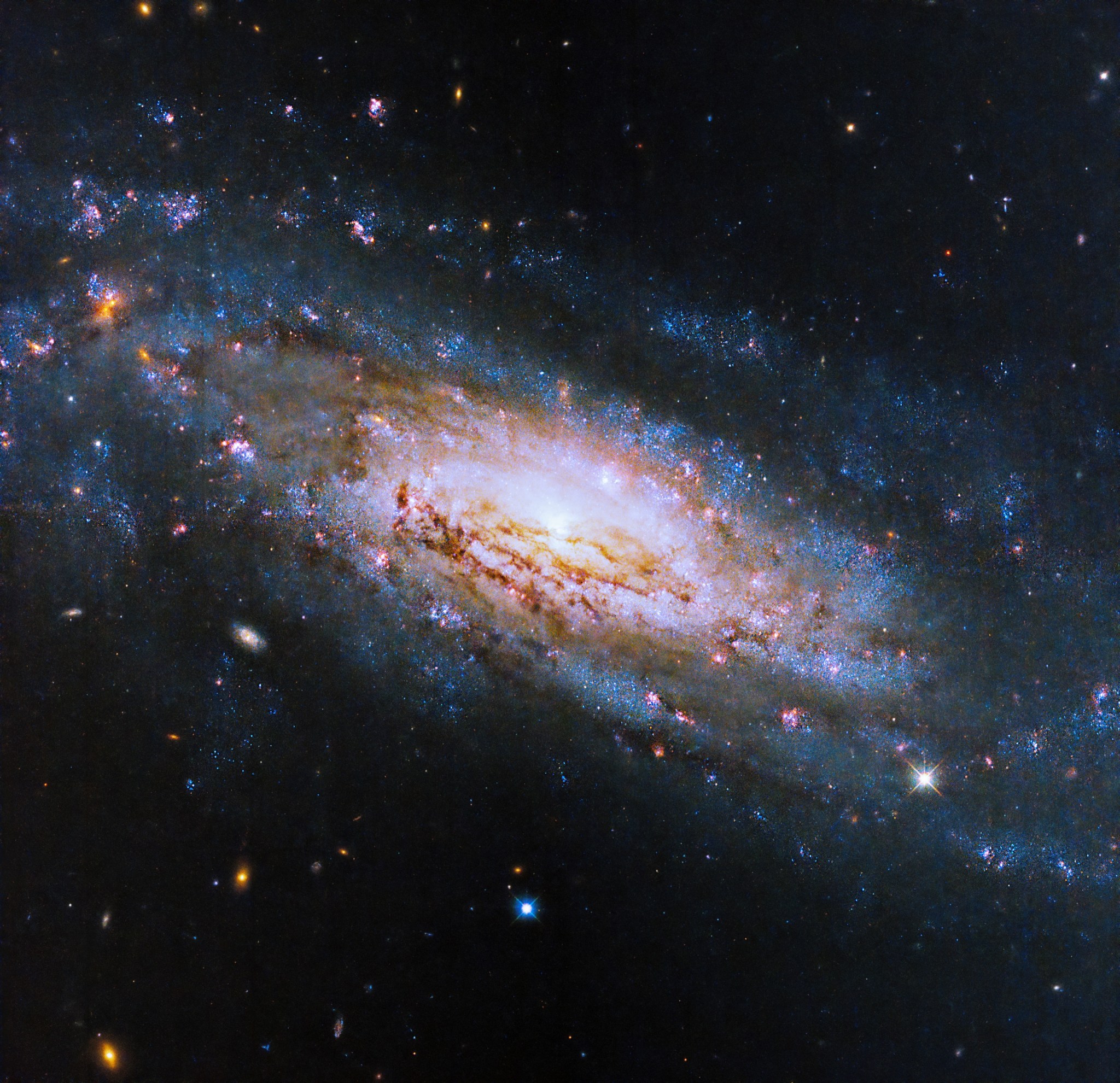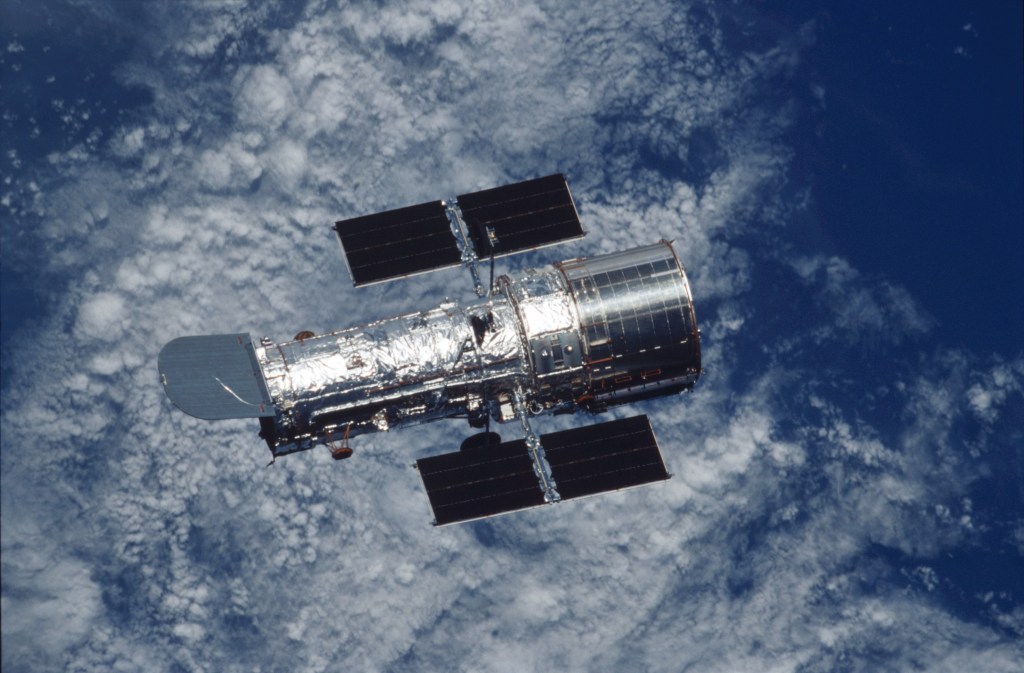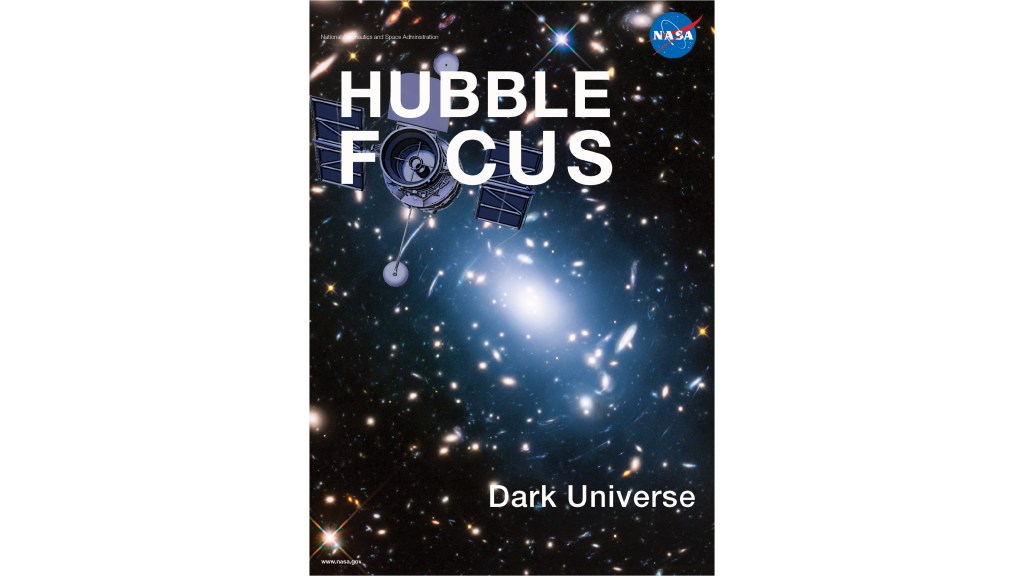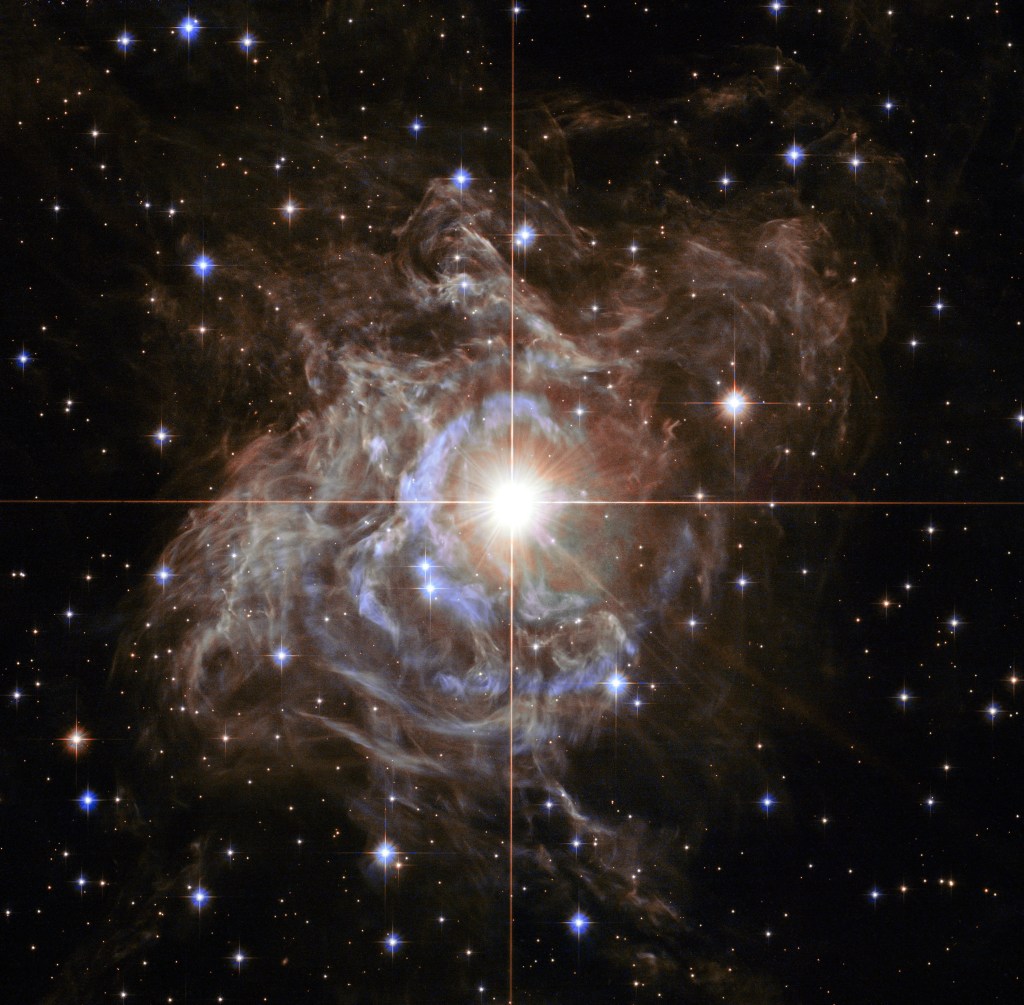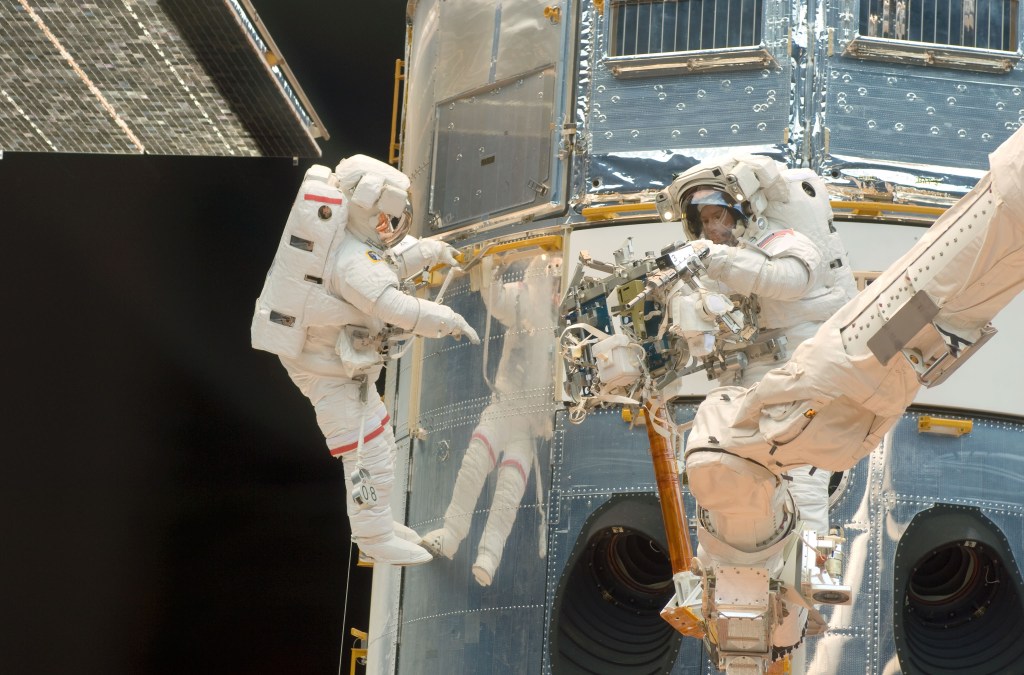Black Hole Week 2024
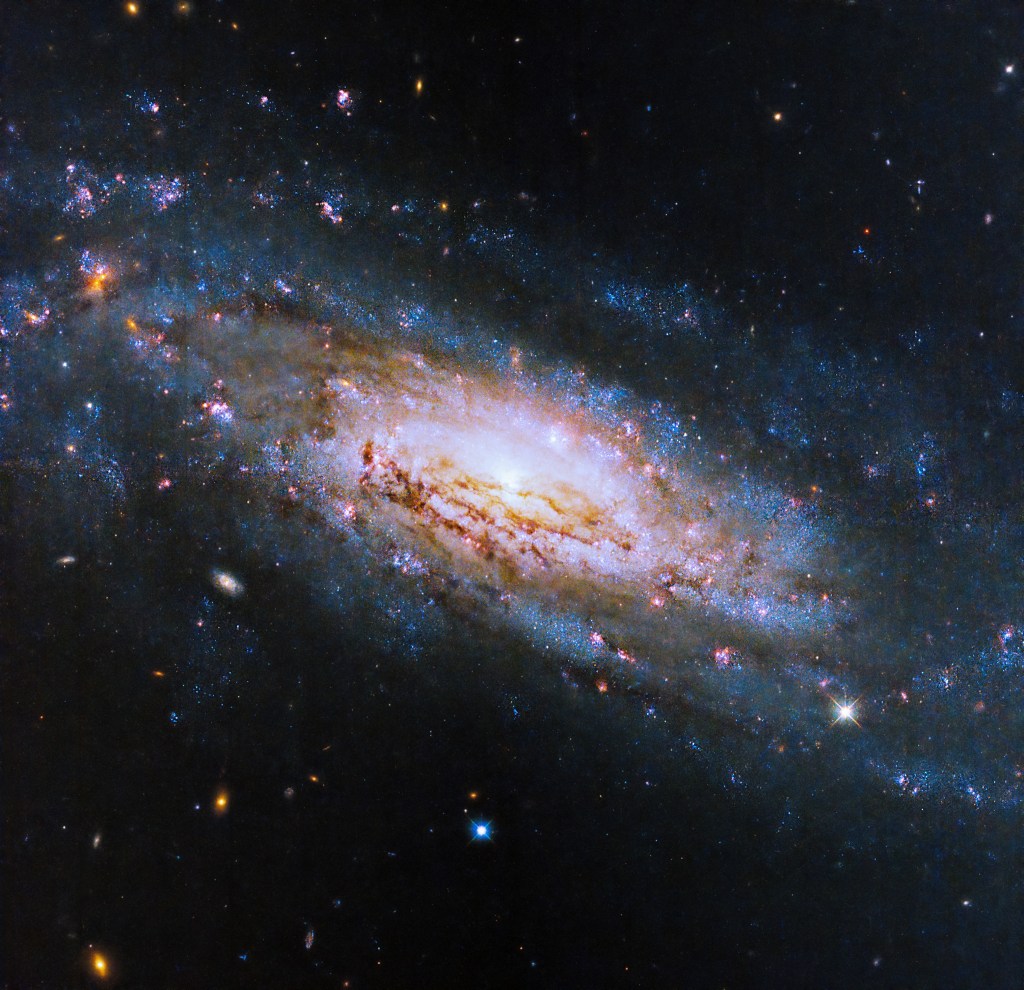
Hubble Views a Galaxy with a Voracious Black Hole
Bright, starry spiral arms surround an active galactic center in this new Hubble image of NGC 4951.
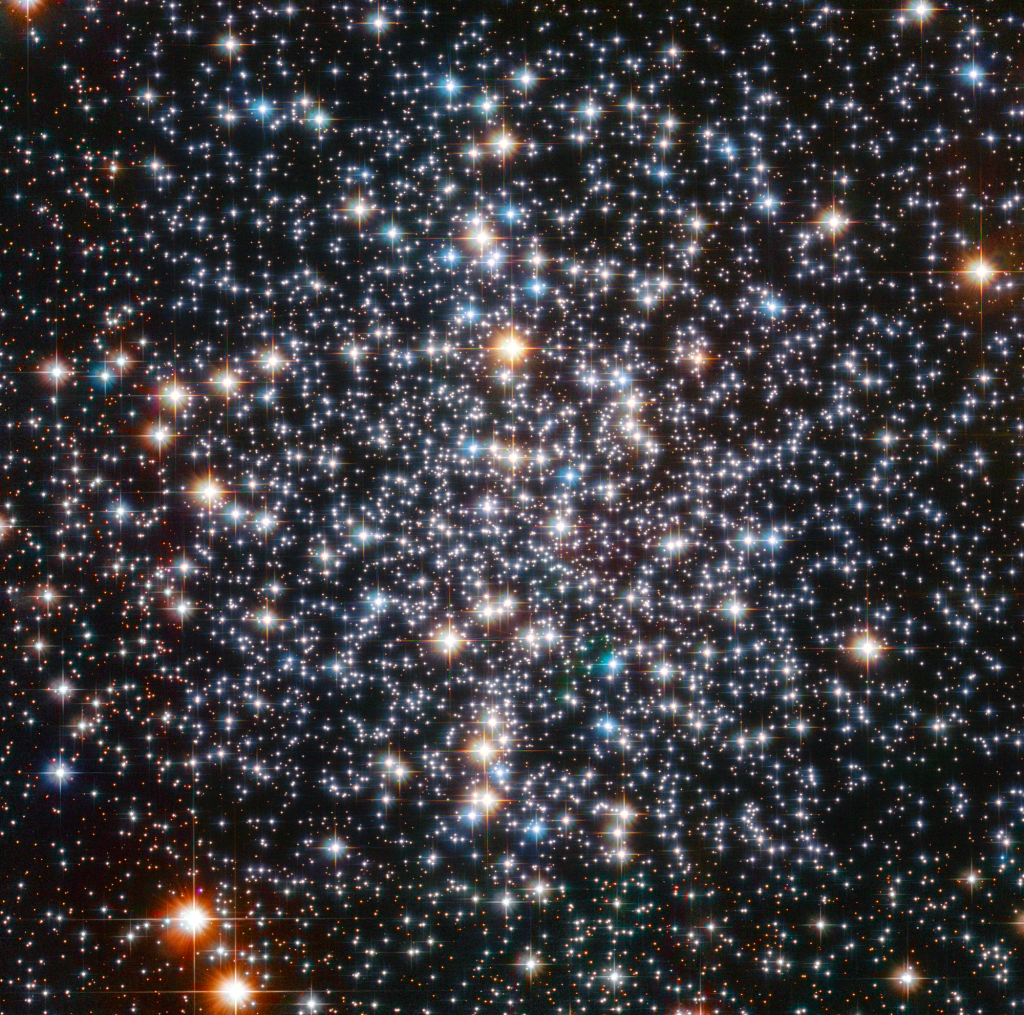
Hubble Hunts for Intermediate-Sized Black Hole
Astronomers using Hubble have evidence for the presence of a rare "intermediate-sized" black hole that may be lurking in the heart of the closest globular star cluster to Earth.
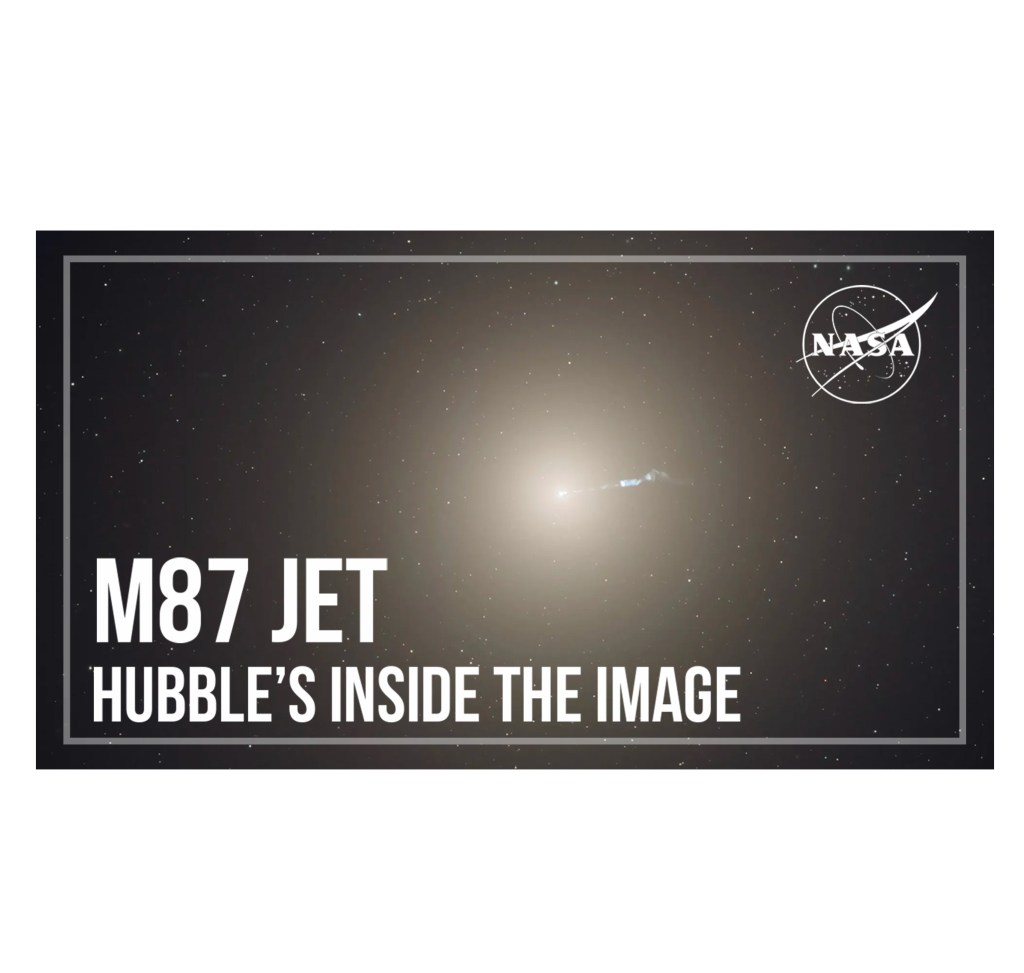
Hubble's Inside the Image: M87 Jet Video
M87, a massive elliptical galaxy, is famous for its prominent jet of high-energy particles and radiation that extends for thousands of light-years from its supermassive black hole.

Active Galaxy Centaurus A
At just over 11 million light-years away, Centaurus A holds the closest active galactic nucleus to Earth. At its center is a supermassive black hole that ejects jets of high-speed gas into space.
Hubble Science: Monster Black Holes are Everywhere
Hubble found that supermassive black holes lie at the heart of nearly every galaxy.
Before Hubble, astronomers theorized the existence of supermassive black holes, but they had no conclusive evidence.
Learn More about Hubble Science: Monster Black Holes are Everywhere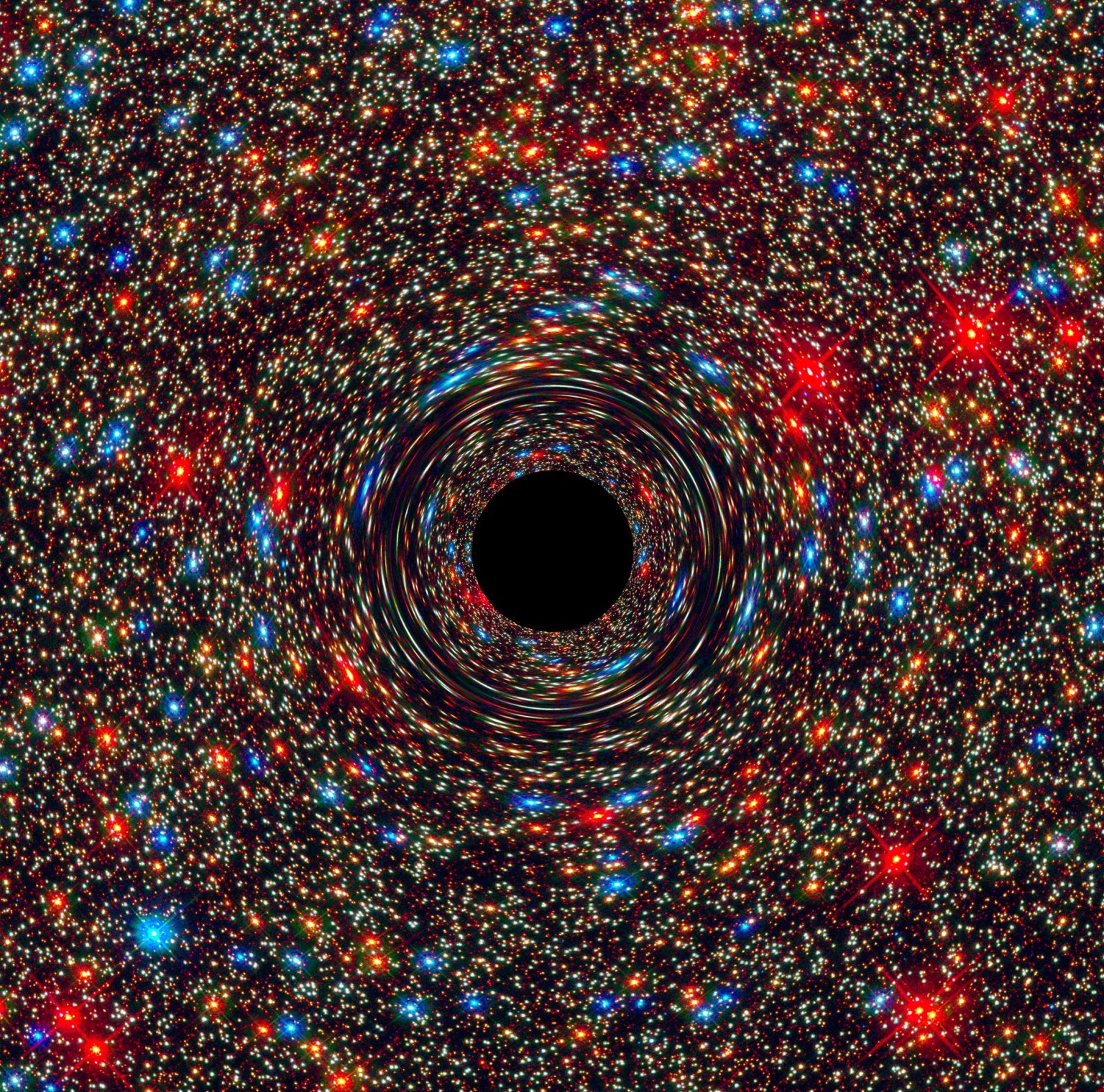
Credit: NASA's Goddard Space Flight Center; Lead Producer: Miranda Chabot



























